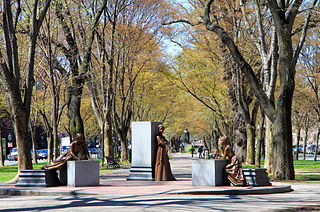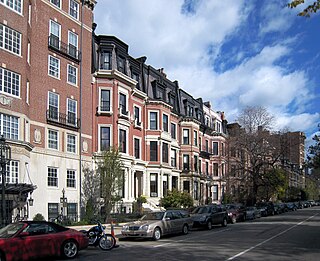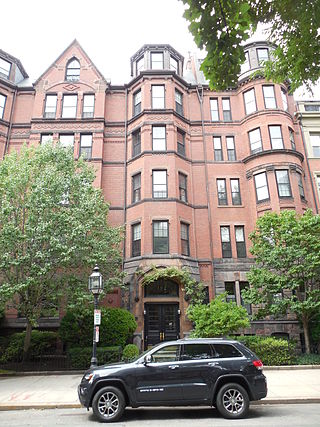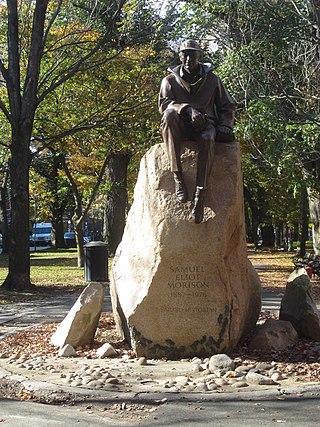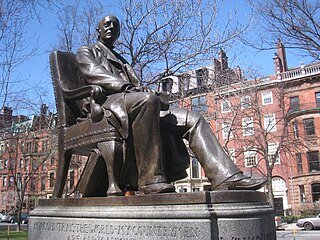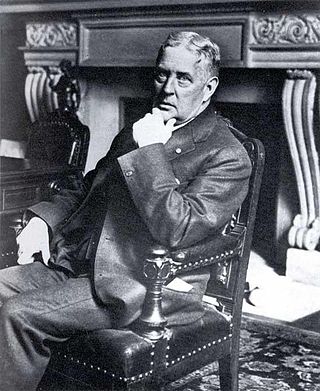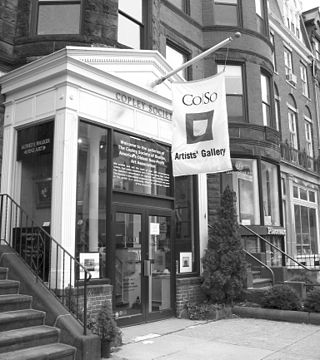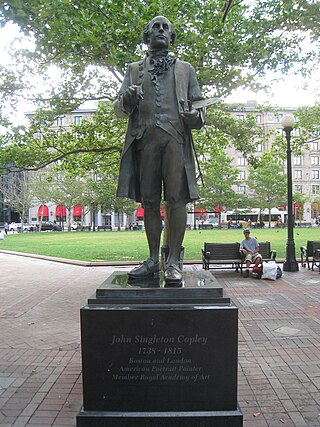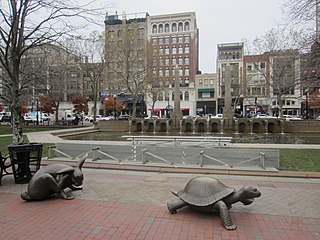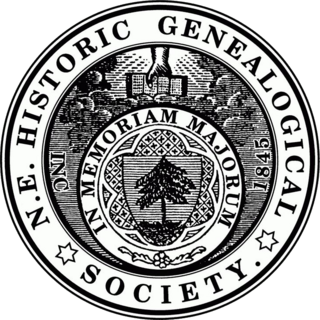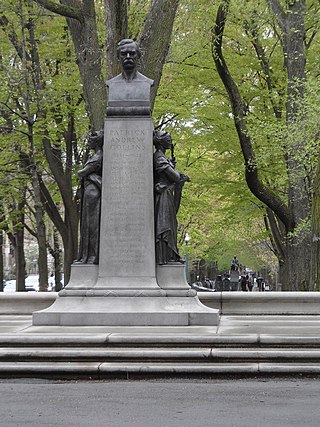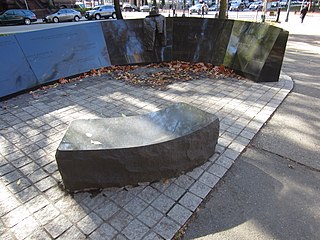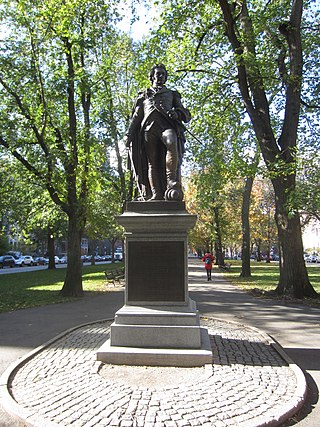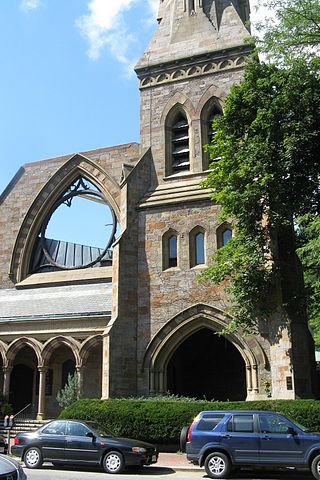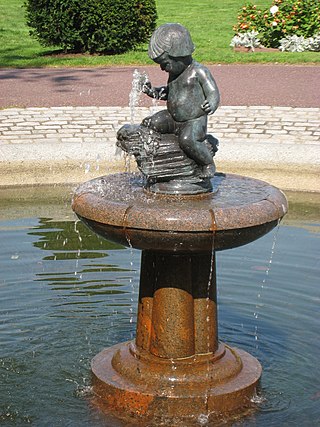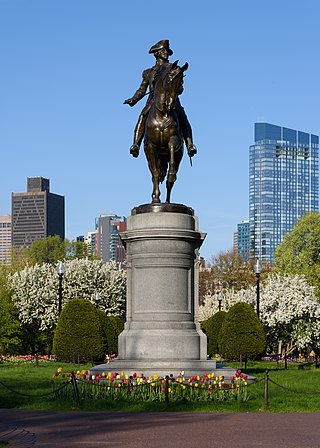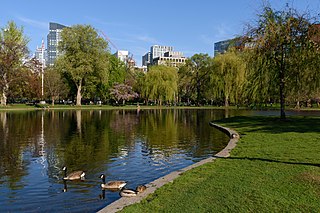Self-guided Sightseeing Tour #1 in Boston, United States
Legend
Tour Facts
3 km
122 m
Experience Boston in United States in a whole new way with our free self-guided sightseeing tour. This site not only offers you practical information and insider tips, but also a rich variety of activities and sights you shouldn't miss. Whether you love art and culture, want to explore historical sites or simply want to experience the vibrant atmosphere of a lively city - you'll find everything you need for your personal adventure here.
Activities in BostonIndividual Sights in BostonSight 1: The Boston Women's Memorial
The Boston Women's Memorial is a bronze and granite grouping of three figurative sculptures on the Commonwealth Avenue Mall in Boston, Massachusetts, commemorating Phillis Wheatley, Abigail Adams, and Lucy Stone.
Sight 2: Commonwealth Ave Mall
Commonwealth Avenue is a major street in the cities of Boston and Newton, Massachusetts. It begins at the western edge of the Boston Public Garden, and continues west through the neighborhoods of the Back Bay, Kenmore Square, Boston University, Allston, Brighton and Chestnut Hill. It continues as part of Route 30 through Newton until it crosses the Charles River at the border of the town of Weston.
Sight 3: Hotel Agassiz
Hotel Agassiz is a historic building in Boston designed by Weston & Rand and built in 1872. It is located at 191 Commonwealth Avenue in the Back Bay. The building was designed for Alexander Agassiz and his brother-in-law Henry Lee Higginson (son of George Higginson who founded the Boston Symphony Orchestra. Alexander Agassiz was the developer and president of the Calumet Mine and Hecla Copper Mines.
Sight 4: Samuel Eliot Morison
A statue of military historian Samuel Eliot Morison by Penelope Jencks is installed along Boston's Commonwealth Avenue Mall, in the U.S. state of Massachusetts.
Sight 5: William Lloyd Garrison
A statue of William Lloyd Garrison by Olin Levi Warner is installed along Commonwealth Avenue, in Boston, Massachusetts, United States. It was designed in 1885, cast in 1886, installed on May 13 of that year. The bronze sculpture measures approximately 7 ft. x 4 ft. x 6 ft. 4 in., and rests on a Quincy granite pedestal designed by architect Joseph Morrill Wells that measures approximately 4 ft. 9 in. x 4 ft. x 6 ft. 4 in. The memorial was surveyed as part of the Smithsonian Institution's "Save Outdoor Sculpture!" program in 1993.
Sight 6: The Guild of Boston Artists
The Guild of Boston Artists was founded in 1914 by a handful of Boston artists working in the academic and realist traditions. Among the founding members were Frank Weston Benson, William McGregor Paxton and Edmund C. Tarbell, who served as its first president through 1924. The organization holds exhibitions of its members' work several times a year as well as numerous one-person shows. Founded with the intention to promote the highest standards of quality, The Guild also hosts programs and competitions.
Sight 7: Co|So: Copley Society of Art
The Copley Society of Art is America's oldest non-profit art association. It was founded in 1879 by the first graduating class of the School of the Museum of Fine Arts and continues to play an important role in promoting its member artists and the visual arts in Boston. The Society is named after the renowned John Singleton Copley. The gallery currently represents over 400 living artist members, ranging in experience from students to nationally recognized artists and in style from traditional and academic realists to contemporary and abstract painters, photographers, sculptors, and printmakers. Several of the artists working in the tradition of the Boston School of painters exhibit at the Copley Society of Art, along with the Guild Of Boston Artists a few doors down from the Copley Society of Art's Newbury Street location.
Sight 8: Boston Marathon Finish Line
Get Ticket*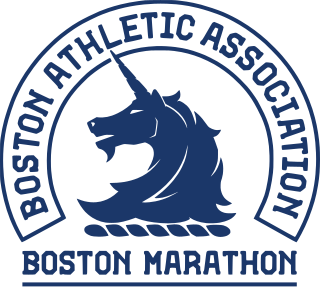
The Boston Marathon is an annual marathon race hosted by several cities and towns in greater Boston in eastern Massachusetts, United States. It is traditionally held on Patriots' Day, the third Monday of April. Begun in 1897, the event was inspired by the success of the first marathon competition in the 1896 Summer Olympics. The Boston Marathon is the world's oldest annual marathon and ranks as one of the world's best-known road racing events. It is one of seven World Marathon Majors. Its course runs from Hopkinton in southern Middlesex County to Copley Square in Boston.
Sight 9: John Singleton Copley
A statue of painter John Singleton Copley by Lewis Cohen is installed in Boston's Copley Square, in the U.S. state of Massachusetts. The bronze sculpture was installed in 2002.
Sight 10: The Tortoise and the Hare
The Tortoise and the Hare is a 1994 bronze sculpture by Nancy Schön, installed in Boston's Copley Square, in the U.S. state of Massachusetts. The work references one of Aesop's Fables, The Tortoise and the Hare, and commemorates Boston Marathon participants.
Wikipedia: The Tortoise and the Hare (sculpture) (EN), Website
Sight 11: New England Historic Genealogical Society
The New England Historic Genealogical Society (NEHGS) is the oldest and largest genealogical society in the United States, founded in year 1845.
Wikipedia: New England Historic Genealogical Society (EN), Website
Sight 12: Patrick Andrew Collins
A bronze bust of congressman and Boston Mayor Patrick Collins is installed along Boston's Commonwealth Avenue, in the U.S. state of Massachusetts. The memorial was dedicated in 1908 and relocated in 1966. It features a bust of Collins on a granite base flanked by two bronze female statues representing America and Ireland. The figures are approximately 7 ft. 6 in. tall and 2 ft wide, and the base measures approximately 11 ft. 6 in. x 10 ft. 1 in. x 6 ft. 8 in. The work was surveyed by the Smithsonian Institution's "Save Outdoor Sculpture!" program in 1993.
Sight 13: Vendome Firefighters’ Memorial
The Hotel Vendome Fire Memorial commemorates victims of the Hotel Vendome fire. It is installed along Boston's Commonwealth Avenue Mall, in the U.S. state of Massachusetts. The work was designed by the artist Ted Clausen and landscape architect Peter White. A group of firefighters originally proposed the memorial in 1982, but it was not initially approved by the Boston Arts Commission. The rejected proposal led to claims that the affluent residents of Back Bay had thwarted the proposal out of snobbery, regarding the design as "tacky." The Boston Globe columnist Mike Barnicle attributed the obstruction to the "elitism and self-importance" of those in the neighborhood. The design was finally approved in 1995 and ground was broken the following year.
Sight 14: John Glover
A statue of John Glover by Martin Milmore is installed along Boston's Commonwealth Avenue Mall, in the U.S. state of Massachusetts.
Sight 15: First Church in Boston
First Church in Boston is a Unitarian Universalist Church founded in 1630 by John Winthrop's original Puritan settlement in Boston, Massachusetts. The current building, located on 66 Marlborough Street in the Back Bay neighborhood, was designed by Paul Rudolph in a modernist style after a fire in 1968. It incorporates part of the earlier gothic revival building designed by William Robert Ware and Henry Van Brunt in 1867. The church has long been associated with Harvard University.
Sight 16: Small Child
Small Child Fountain, also known as Baby Fountain, is a fountain and sculpture by Mary E. Moore, installed in Boston's Public Garden, in the U.S. state of Massachusetts. The fountain features a bronze sculpture of a nude boy, cast in 1929, that measure approximately 2 ft. 4 in. x 21 in. x 17 in. It rests on a granite base. The work was surveyed as part of the Smithsonian Institution's "Save Outdoor Sculpture!" program in 1993.
Wikipedia: Small Child Fountain (EN), Website, Heritage Website
Sight 17: George Washington Statue
An equestrian statue of George Washington by Thomas Ball is installed in Boston's Public Garden, in the U.S. state of Massachusetts.
Wikipedia: Equestrian statue of George Washington (Boston) (EN)
Sight 18: Boston Public Garden
Get Ticket*The Public Garden, also known as Boston Public Garden, is a large park in the heart of Boston, Massachusetts, adjacent to Boston Common. It is a part of the Emerald Necklace system of parks and is bounded by Charles Street and Boston Common to the east, Beacon Street and Beacon Hill to the north, Arlington Street and Back Bay to the west, and Boylston Street to the south. The Public Garden was the first public botanical garden in America.
Share
How likely are you to recommend us?
Disclaimer Please be aware of your surroundings and do not enter private property. We are not liable for any damages that occur during the tours.
GPX-Download For navigation apps and GPS devices you can download the tour as a GPX file.
